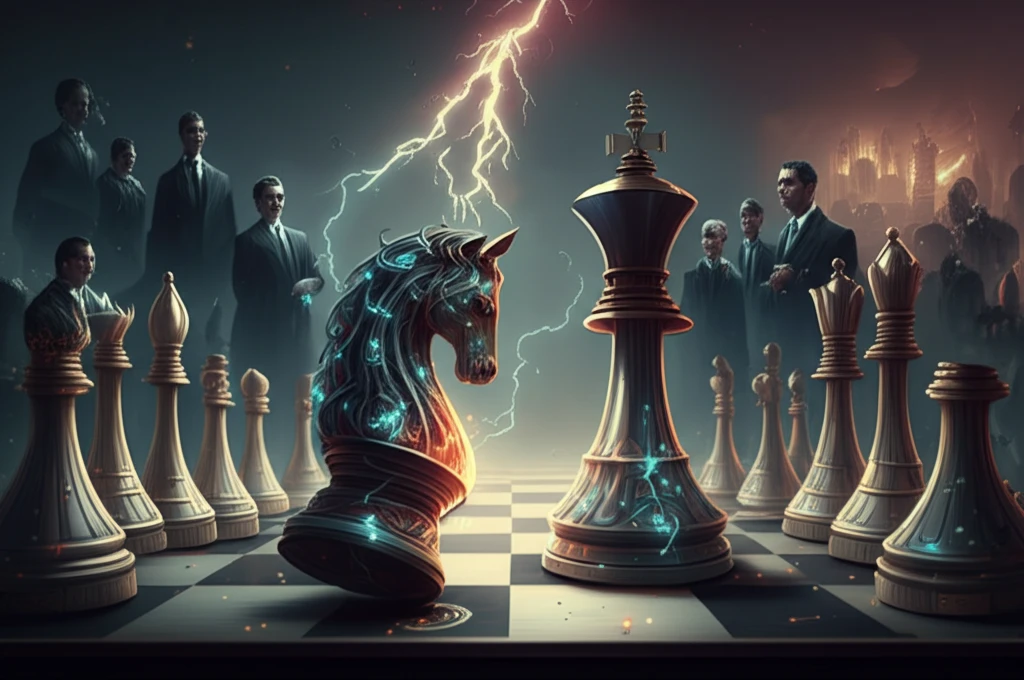
Decoding Game Dynamics: How Theory and Experiment Align in Strategic Play
"Unveiling the predictable patterns in multi-strategy games through innovative research, blending theoretical models with real-world human behavior."
Game dynamics, like any scientific field, relies on the harmony between theory and experimental results. Accuracy and realism are key. Game theory seeks to explain strategic interactions, but its consistency has often been questioned.
Traditional game theory, focused on Nash equilibrium, has been enriched by recent progress. The merging of theoretical predictions and experimental observations has been limited to two-dimensional cycles. This paper breaks those limitations, using a classic four-strategy game to explore dynamic structures in a non-Euclidean space.
This research achieves significant consistency through three approaches: analytical results from evolutionary dynamics equations, agent-based simulation results from learning models, and laboratory results from human subject experiments. This consistency suggests that game dynamics can be quantitatively predicted, observed, and even controlled.
The Core Ingredients: Dynamics Models and Eigenvalue Analysis

To understand how strategies evolve in dynamic environments, researchers often use replicator dynamics equations. These equations model how the frequency of a particular strategy changes over time based on its relative success. When the system nears a state of equilibrium, we can use linear approximations to simplify the equations, analyzing the 'eigen system' through a Jacobian matrix.
- Eigenmodes: Eigenvectors represent 'eigenmodes,' or normal modes, where components oscillate with the same frequency.
- Invariant Manifolds: The existence of an invariant manifold (a stable, repeating pattern) can be identified using complex eigenvectors.
- Eigencycles: A measurement, like angular momentum in experimental time series, can help identify the invariant manifold, playing a crucial role in the game's dynamics.
Toward Dynamics Control and Real-World Applications
This research confirms the consistency between game dynamics theory and experimental results, demonstrating that non-Euclidean superplane cycles are real. This consistency validates the eigencycle approach in four-strategy games, showcasing motion characteristics that are predictable, observable, and controllable. Moving forward, further research should address the structural differences between experimental strategy distributions and theoretical expectations. By bridging theory and practice, we can better understand and control strategic interactions, enhancing the applicability of game dynamics in real-world scenarios.
